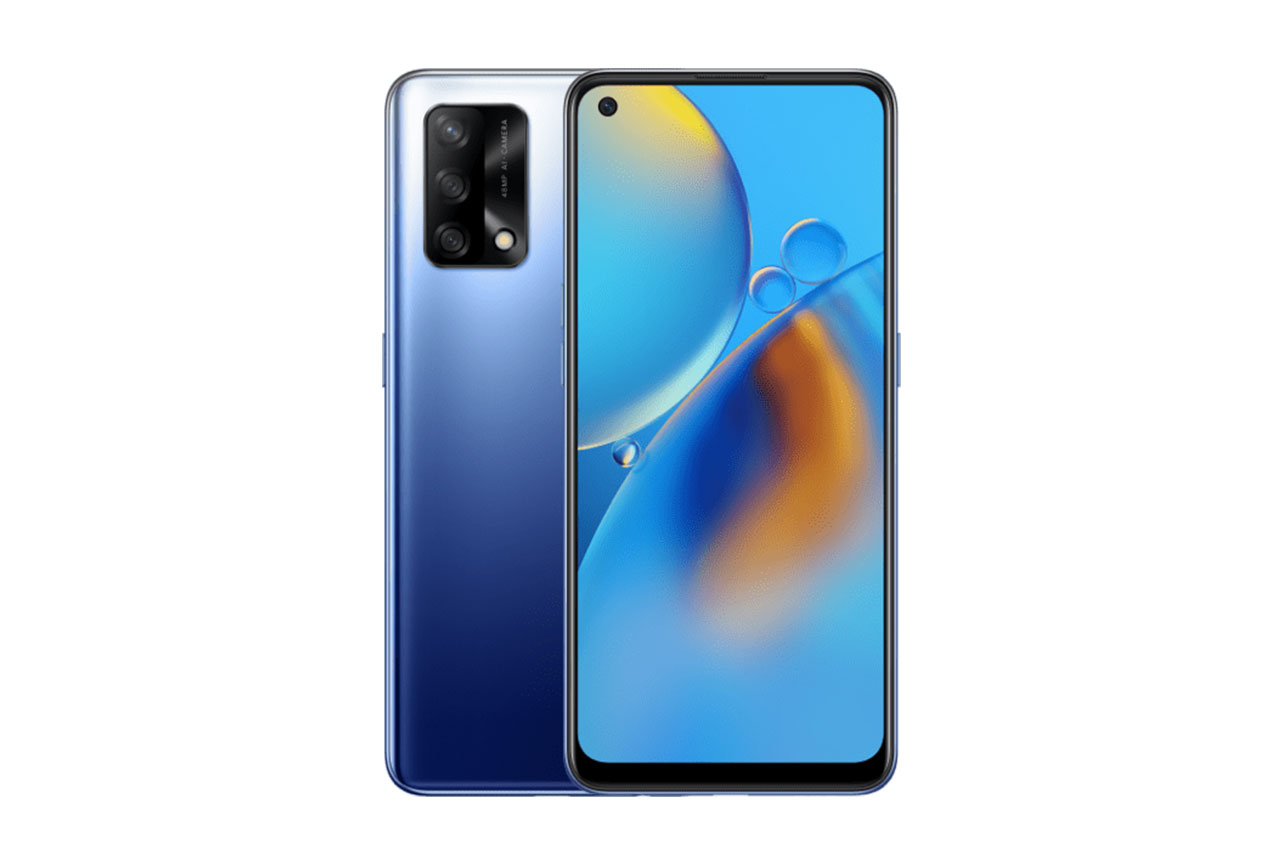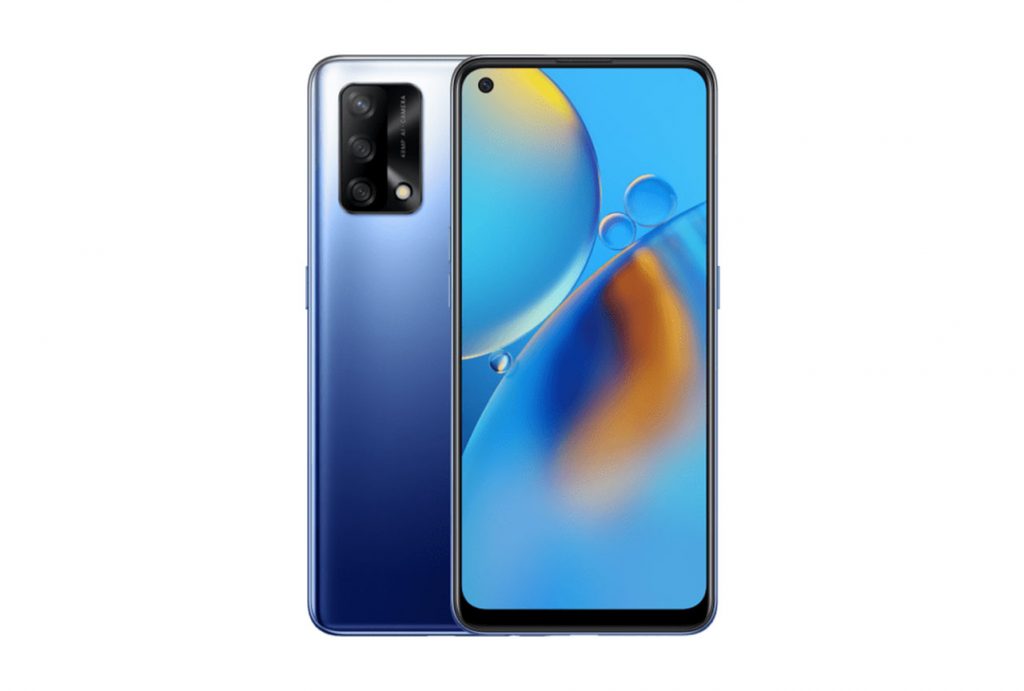Released in May 2021, the Oppo A74 lands squarely in our Advanced ($200-399) category and brings with it a number of attractive features for a device at its price point, including a quite high-resolution OLED display and a multi-camera setup. Let’s take a look at the kind of battery experience you can expect from it, based on our comprehensive Battery protocol tests.
Key specifications:
- Battery capacity: 5000 mAh
- 33W charger included
- 6.43-inch, 1080 x 2400, 60 Hz OLED display
- Qualcomm Snapdragon 662 (11 nm) chipset
- Tested RAM / storage combination: 6 GB + 128 GB
About DXOMARK Battery tests: For scoring and analysis in our smartphone battery reviews, DXOMARK engineers perform a variety of objective tests over a week-long period both indoors and outdoors. This article highlights the most important results of our testing. (See our introductory and how we test articles for more details about our smartphone Battery protocol.)
Test summary
Scoring
Sub-scores and attributes included in the calculations of the global score.

Oppo A74


Key performances
These key points are derived from the lab measurements during testing and do not figure into the overall score. The lab measurements, however, are used for the overall score.
 49th
49th
 16th
16th
Pros
- Balanced overall scores and user experience
- Strong charging experience at its price point
Cons
- Struggles in gaming and video playback
The Oppo A74 posted one of the highest scores among all devices tested so far, tying with the Wiko Power U30 at 86 points, and both just two points behind the current leader in our database, the Samsung Galaxy M51 (and both coming in 8 points ahead of the 5G version of the A74).
The A74 showed a more balanced performance, with good scores in all categories (as opposed to both the M51 and the Power U30, whose scores ride heavily on their outstanding performance in Autonomy, while both were far less impressive in Charging).
The table below shows the battery capacity, charger, display type and resolution, and processor specifications for the Oppo A74, the Samsung Galaxy M51 (Advanced segment), the Wiko Power U30 (Essential segment), and the 5G version of the Oppo A74 (Advanced).
|
Oppo A74 |
Samsung M51 | Wiko Power U30 |
Oppo A74 5G |
|
|
Battery capacity |
5000 mAh | 7000 mAh | 6000 mAh | 5000 mAh |
|
Charger |
33W | 25W | 15W | 18W |
|
Display type |
OLED | OLED | LCD |
LCD |
|
Display resolution |
1080 x 2400 pixels |
1080 x 2400 pixels |
720 x 1640 pixels |
1080 x 2400 pixels |
|
Processor |
Snapdragon 662 (11 nm) | Snapdragon 730G (8 nm) | Mediatek G35 (12 nm) |
Snapdragon 480 5G (8 nm) |
Autonomy (77)
How long a battery charge lasts depends not only on battery capacity, but also other aspects of the phone’s hardware and software. The DXOMARK Battery autonomy score is composed of three performance sub-scores: (1) Stationary, (2) On the go, and (3) Calibrated use cases. Each sub-score comprises the results of a comprehensive range of tests for measuring autonomy in all kinds of real-life scenarios.
Among the devices in this comparison, the Oppo A74 came in last in all of our Autonomy tests. Be that as it may, its overall score of 83, while significantly behind the Wiko Power U30 (90) and the Samsung Galaxy M51 (98), nevertheless is high enough to keep the A74 in the upper echelons of our Battery database.

Stationary
Oppo A74
82
104
A robot housed in a Faraday cage performs a set of touch-based user actions during what we call our “typical usage scenario” (TUS) — making calls, video streaming, etc. — 4 hours of active use over the course of a 16-hour period, plus 8 hours of “sleep.” The robot repeats this set of actions every day until the device runs out of power.
The Oppo A74 battery kept going for 67 hours 20 minutes in our TUS testing, which while respectable, is some 18+ hours behind the Power U30’s nearly 86 hours. The non-5G A74 had better nighttime performance than its 5G counterpart, but the 5G version showed better overall performance, providing nearly two hours more autonomy.

On the go
Oppo A74
83
96
Using a smartphone on the go takes a toll on autonomy because of extra “hidden” demands, such as the continuous signaling associated with cellphone network selection, for example. DXOMARK Battery experts take the phone outside and perform a precisely defined set of activities while following the same three-hour travel itinerary for each device.
Broadly speaking, the Oppo A74 is on par with two of the three devices in this comparison (all of which posted scores in the low to mid 80s). However, both versions of the A74 and the Power U30 trail quite a ways behind the Samsung Galaxy M51’s class-leading 96 points.

Calibrated
Oppo A74
69
100
For this series of tests, the smartphone returns to the Faraday cage and our robots repeatedly perform actions linked to one specific use case (such as gaming, video streaming, etc.) at a time. Starting from an 80% charge, all devices are tested until they have expended at least 5% of their battery power.
Both the Samsung Galaxy M51 and the Wiko Power U30 dominate in this category, so it is no real surprise that both versions of the Oppo A74 (each with 69 points) are far behind their competitors (31 points behind the Samsung, 23 points behind the Wiko). But it’s important to note that a score of 69 is still above average. Although its performance when gaming was a tad disappointing (coming in last among the four devices here), the A74 did a very good job when streaming video.
Linearity
The Oppo A74 showed extremely good linearity, with its last 20% (as shown on its indicator) turning out to be actually more than 20%! Its true capacity at the 20% mark was 21.5%, with the Wiko following at 19.1%, and then the A74 5G (17.1%) and the Galaxy M51 (16.5%).
Charging (81)
The DXOMARK Battery charging score is composed of two sub-scores, Full charge and Quick boost. Full charge tests assess the reliability of the battery power gauge; measure how long it takes to charge a battery from 0% to 80% capacity and from 80% to 100%; and measure how long and how much power the battery takes to go from an indicated 100% to an actual full charge. With the phone at different charge levels (20%, 40%, 60%, 80%), Quick boost tests measure the amount of charge the battery receives after being plugged in for 5 minutes.
A more powerful charger helped the Oppo A74 blow its three competitors out of the water in our Charging tests, racking up more than 20 points over the Samsung and Wiko devices. It also came in 18 points ahead of its 5G sibling, again due to the difference in charger sizes (33W vs. 18W for the 5G version).

Full charge
Oppo A74
75
121
It takes the A74 only 48 minutes to go from empty to an 80% charge (vs. well over an hour for the other three devices). Again, this is attributable in part to its having a stronger charger, but also because its battery is smaller than either the Samsung’s or the Wiko’s.
When the A74’s indicator shows 100%, our experts estimate its true charge level to be 97%, whereas the M51 and Power U30 are at only around 95%; but here the 5G version of the A74 comes closest to being truly full, with a ~99% charge when its indicator says 100%.

Quick boost
Oppo A74
83
111
The non-5G Oppo device easily outperforms the comparison devices by nearly 20 points, providing an average boost in autonomy of some 4 hours 45 minutes after being plugged in for 5 minutes — more than twice the additional battery life as the others.
| Oppo A74 | Samsung Galaxy M51 | Wiko Power U30 | Oppo A74 5G | ||
| Autonomy boost (hh:mm) | 20% | 4:43 | 2:12 | 2:18 | 2:31 |
| 40% | 4:45 | 2:26 | 2:19 | 2:17 | |
| 60% | 4:54 | 2:06 | 2:20 | 2:22 | |
| 80% | 2:28 | 2:05 | 1:56 | 2:11 | |
| Percentage boost | 20% | 10.2 % | 4.1 % | 4 % | 5 % |
| 40% | 10.3 % | 4.5 % | 4.1 % | 4.6 % | |
| 60% | 10.6 % | 3.9 % | 4.1 % | 4.7 % | |
| 80% | 5.3 % | 3.9 % | 3.4 % | 4.4 % | |
| Energy consumed | 20% | 2477 mWh | 1405 mWh | 1463 mWh | 1345 mWh |
| 40% | 2495 mWh | 1553 mWh | 1476 mWh | 1224 mWh | |
| 60% | 2575 mWh | 1342 mWh | 1480 mWh | 1265 mWh | |
| 80% | 1297 mWh | 1331 mWh | 1225 mWh | 1166 mWh |
Efficiency (87)
Our Efficiency score comprises two sub-scores, Charge up and Discharge. Charge up is the efficiency of a full charge (how much energy is drained from the wall outlet vs the energy capacity of the battery, as well as the efficiency of the charger and its residual consumption). Discharge is how much current the smartphone drains from the battery when in use (the ratio of battery capacity over autonomy). Better autonomy with a smaller battery means better efficiency.
The Oppo A74 achieved a very good score for this attribute, on par with the Samsung Galaxy M51 for both charge up and discharge efficiency, and better than the Wiko Power U30 and the Oppo A74 5G.

Charge up
Oppo A74
77
105
At 77 points, the Oppo A74 just edges past the Samsung device by a single point (76), but is clearly better than its A74 5G counterpart (64) and vastly superior to the Power U30 (49). Further, at 79.5%, the A74 has the best charge efficiency among the compared devices, again just a whisker ahead of the M51 (78.7%), clearly ahead of its 5G sibling (72.6%), and way ahead of the Wiko (64.1%).
At 86.3% efficiency, its adapter doesn’t quite manage to keep the trend alive, with the Samsung adapter showing 88%; however, the A74 still comes in ahead of both the Wiko (82.7%) and the A74 5G (85.6%).

Discharge
Oppo A74
88
121
The A74’s discharge efficiency is good and on par with both the M51 and the A74 5G (all in the high 80s), but all three devices fall behind the Power U30’s excellent 102. Though it did quite well in a number of sub-category tests, the A74 struggles with gaming and video playback.
Conclusion
The A74 manages to bring a solid battery experience without compromising on either autonomy, charging, or even the screen definition. If you are not a gamer and if you are not looking for such features as 5G or higher than 60 Hz refresh rates, then the A74 should be able to satisfy most needs without having to worry about your battery life.




DXOMARK encourages its readers to share comments on the articles. To read or post comments, Disqus cookies are required. Change your Cookies Preferences and read more about our Comment Policy.